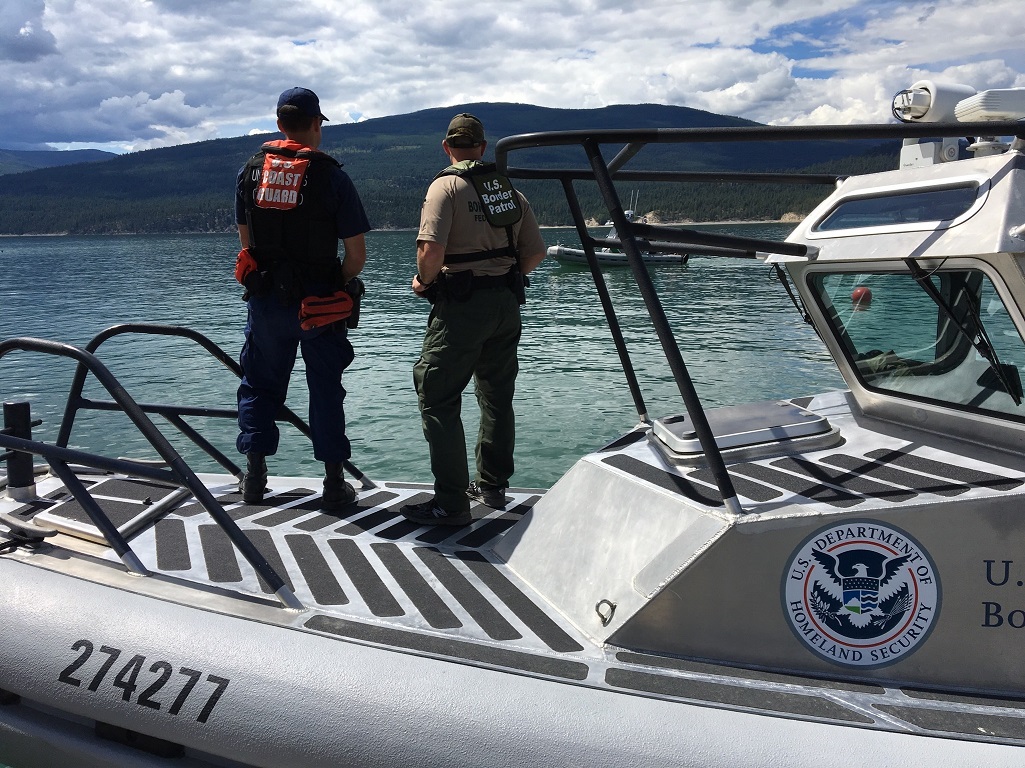
This post is also available in:
 עברית (Hebrew)
עברית (Hebrew)
The US has been increasing its technological efforts in the detection of border crossers. The Customs and Border Protection (CBP) agency is looking for a single technology solution that is able to detect any movement across the U.S. border—whether on the ground, under the ground, in the air or by sea—and promptly alert security personnel. It is looking for a commercial item offered in an innovative manner.
CBP issued a solicitation seeking a linear ground detection system, or LGDS, able to “detect and identify all cross-border intrusions and threats without being affected by blind spots created by man-made and natural obstacles as they are traversing the international border between the designated ports of entry” along the U.S. borders with Mexico and Canada.
The system must be effective over any type of terrain and in any climate, and capable of covering the entire border to the north and south.
The system should be able to distinguish between three types of border crossers and return unique values for each: humans (numbers), animals (type and numbers) and vehicles (size and numbers).
The system should be able to detect those “items of interest” crossing the border with an accuracy rate of 85%, though 95% is ideal. Once detected, the system should be able to send an audible and visual alert to CBP operators within a maximum of three seconds, though the goal is less than two seconds, as reported by defenseone.com.
The solution also has to be interoperable with other CBP systems and “capable of interfacing with third-party command and control systems,” according to the solicitation.
CBP is using the department’s Commercial Solutions Opening authority, an alternative procurement method currently being piloted by the Homeland Security Department and the General Services Administration. Like other alternative acquisition authorities, CSO focuses on speed of procurement, iterative funding and getting bleeding-edge, innovative technologies into government.

























